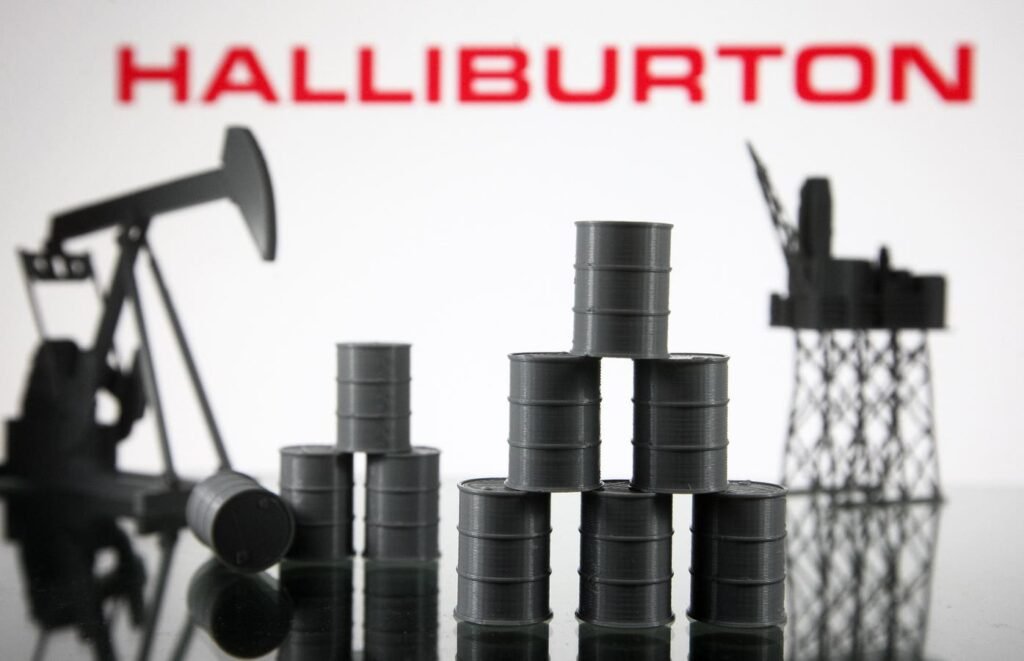Despite an 8% decline in Halliburton’s stock since the beginning of the year, analysts believe that the energy company has upside potential in the longer run, especially with the current price of around $34 per share. In comparison, its peer SLB stock is down 10% this year to $47. Halliburton’s services are expected to remain in high demand at current oil prices, and the company anticipates growth in its international business while North American revenues may stay flat due to weak demand for drilling.
While Halliburton’s stock has seen strong gains of 75% over a roughly 3-year period, the increase has not been consistent, with underperformance against the S&P 500 in 2021 and 2023. Beating the S&P 500 has been challenging for individual stocks in recent years, including heavyweight energy sector stocks and megacap stars. The Trefis High Quality Portfolio, on the other hand, has consistently outperformed the S&P 500 over the same period, providing better returns with less risk. Given the current uncertain macroeconomic environment with high oil prices and elevated interest rates, analysts wonder whether Halliburton will see a strong jump in the upcoming months.
Halliburton reported adjusted net income growth in Q1 2024, with sustained growth in international markets driving the increase. While the company’s top line grew 2% year-over-year, North American revenue fell due to lower pressure pumping services and reduced wireline activity. International revenue growth was led by various regions, with Completion & Production revenues slightly falling, and Drilling & Evaluation revenues increasing. For FY 2024, Halliburton expects flat revenues and margins in North America, with margin expansion over last year in the international division, leading to a low double-digit percentage rise in international revenue.
Analysts forecast Halliburton’s revenues to reach $24.6 billion for fiscal year 2024, up 7% year-over-year, with an expected EPS of 3.38. Based on these projections, Halliburton’s valuation is revised to $42 per share, almost 26% higher than the current market price. Examining Halliburton’s peers also provides insight into how its stock compares against others in the industry on various metrics. Overall, while the company has faced some challenges in recent years, it is expected to continue to perform well in the long run, particularly with growth opportunities in the international market and the current supportive environment for oil prices.












